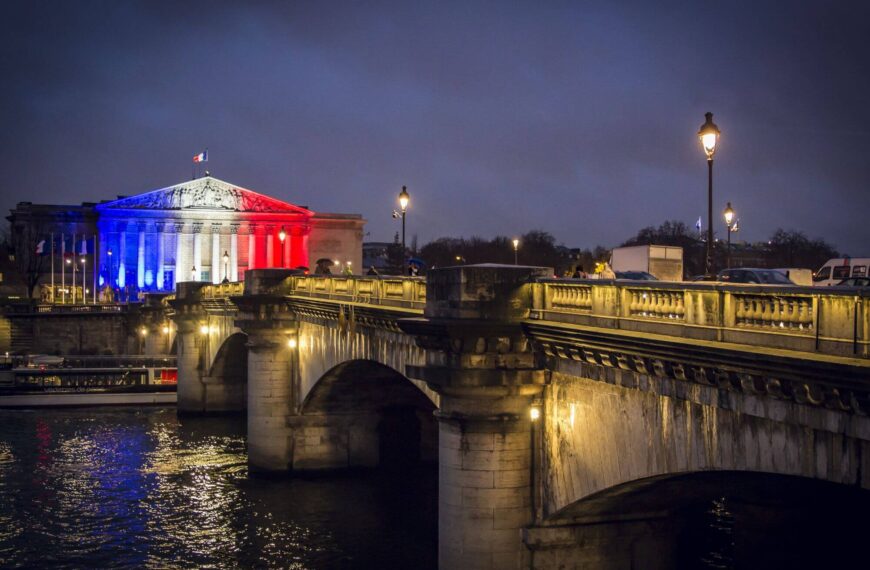Political equations in Uttar Pradesh are intriguing. BSP has extended support to the SP candidates in the by-polls at two Lok Sabha seats, Phulpur and Gorakhpur, voting for which is on, on Sunday. The by-polls are seen as a preamble to the 2019 Lok Sabha Polls. Here’s an analysis, by our Associate Editor, Navodita, for the weekly column, exclusively for Different Truths.
Voting is on for the Sunday (March 11) for by-polls to Lok Sabha seats of Phulpur and Gorakhpur, a stronghold of Uttar Pradesh Chief Minister Yogi Adityanath, with a riveting triangular contest on cards. BSP extended support to Samajwadi Party to take on the BJP, while Congress joined the fray on its own. The outcome of the by-election will be crucial, as a success for SP-BSP experiment could mean a tie-up in the forthcoming 2019 elections.
There are 10 candidates in the fray from Gorakhpur, while there are 22 candidates contesting from Phulpur. The BJP has fielded Kaushalendra Singh Patel from Phulpur and Upendra Dutt Shukla from Gorakhpur against SP’s Pravin Nishad and Nagendra Pratap Singh Patel respectively. Sureetha Kareem is the Congress candidate from Gorakhpur.
Meanwhile, the Congress, on Saturday announced its support for the candidature of Bahujan Samaj Party nominee Bhim Rao Ambedkar for the Rajya Sabha seat from Uttar Pradesh, polling for which will be held on March 23. The decision was announced by the leader of the Congress legislature party in the state assembly, Ajay Kumar ‘Lallu’, after a meeting with the leader of the BSP legislators in the assembly, Lalji Verma.
Polling in biennial elections for 10 Rajya Sabha seats from the state will be held on March 23. Based on its strength in the state assembly, the ruling BJP can send eight persons to the Upper House of Parliament, while the Samajwadi Party and the BSP can send one member each.
The BJP, however, is said to have been contemplating a ninth candidate also, something which might now face a roadblock. The SP has named Jaya Bachchan as its candidate for the polls. The BSP has 19 members in the Vidhan Sabha while the Congress has seven. The SP has 47 and the BJP along with its allies has 324 seats.
In order to get elected to the Rajya Sabha, each candidate requires 37 votes. While eight candidates of the BJP can cruise along easily, it will have 28 more votes and if it can ensure cross-voting by nine more members, its ninth candidate can also get elected. Independent MLAs like Raghuraj Pratap Singh aka Raja Bhaiyya, Vinod Saroj, Aman Mani Tripathi and Vijay Mishra sided with the BJP in the presidential election. BJP strategists are eyeing these four legislators and also looking at some possible breakaways in the SP and Congress ranks. The BJP has so far only announced the name of Union Finance Minister Arun Jaitley from Uttar Pradesh for the polls.
BJP currently is in high spirits due to the recent victory in Tripura and the Northeast. They are pinning on their victorious wins to see them through 2019 as well. In Tripura, the BJP will make peace with the regional forces and forsake or dilute the Hindutva-specific agenda according to expediency. It helps to have a government at the centre that can dangle and deliver carrots from time to time.
In the recent elections and by-elections, the BJP suffered a partial setback in Gujarat while it was decisively routed in three by-polls in Rajasthan and lost two in Madhya Pradesh rather narrowly. Pertinently, it had all the three seats (one Assembly and two Lok Sabha) in Rajasthan, but not those in Madhya Pradesh that fall within Congress Member of Parliament Jyotiraditya Madhavrao Scindia’s Guna constituency and are held by his party. Pressured by the Delhi High Command that remains skeptical of Chief Minister Shivraj Singh Chouhan’s loyalty quotient towards Modi, Chouhan (who had lost two earlier by-elections in Ater and Chitrakoot) staked his prestige, time and resources in the Mungaoli and Kolaras assembly seats. He mobilised his council of ministers to launch a blitzkrieg (in the form of public meetings and road shows) in the Chambal constituencies to take the message of his own government’s ‘development’ and that of the centre. Therefore, one is supposed to infer that, while the northeastern states of Nagaland and Tripura ostensibly embraced Modi’s template of governance and development, the heartland turned its back on it. If it’s really true, then there is some good amount of work to do ahead of 2019 for the BJP. In Meghalaya, the third state that went to polls recently, the BJP picked up only two seats.
While Gujarat may have been a bit of a victory for the Congress in terms of developing a mass base and cutting ice with the aam janata, the Congress’ dismal performance in Tripura and Nagaland has cast doubts on Rahul Gandhi’s ability to lead a larger coalition against the BJP closer to the 2019 elections. Unless the Congress keeps Karnataka and defeats the BJP in the Madhya Pradesh, Rajasthan, and Chhattisgarh polls later this year, the sheen that Gandhi had acquired after the Congress’ unexpected performance in Gujarat and in Rajasthan’s by-polls may undermine his opposition unity and confound the issue of who could lead an anti-BJP front.
It seems as the days are getting closer to the 2019 polls, all parties are getting set with their agendas and ways to strengthen their vote bank. If Congress is unable to perform its high time it should at least retain the position of a powerful opposition; else that position, too, may soon be usurped by the Trinamool Congress or other parties.
©Navodita Pande
Photos from the Internet
#ElectionsOfIndia #UPElection #LokSabhaSeats #IndianPolitics #PoliticalPartiesOfIndia #PoliticsAndPowerPunch #DifferentTruths

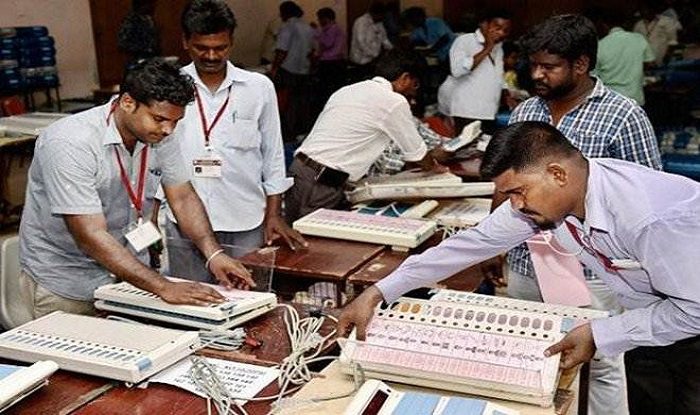
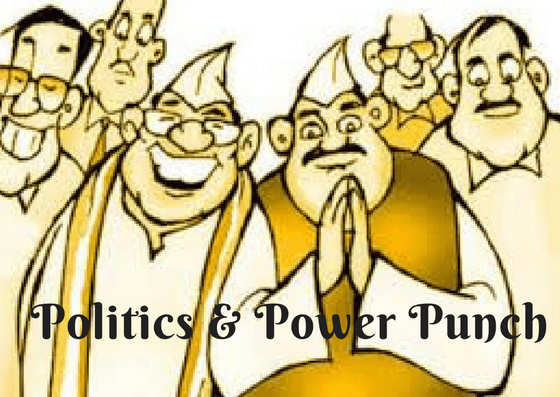
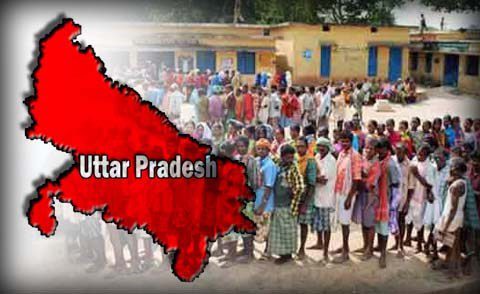
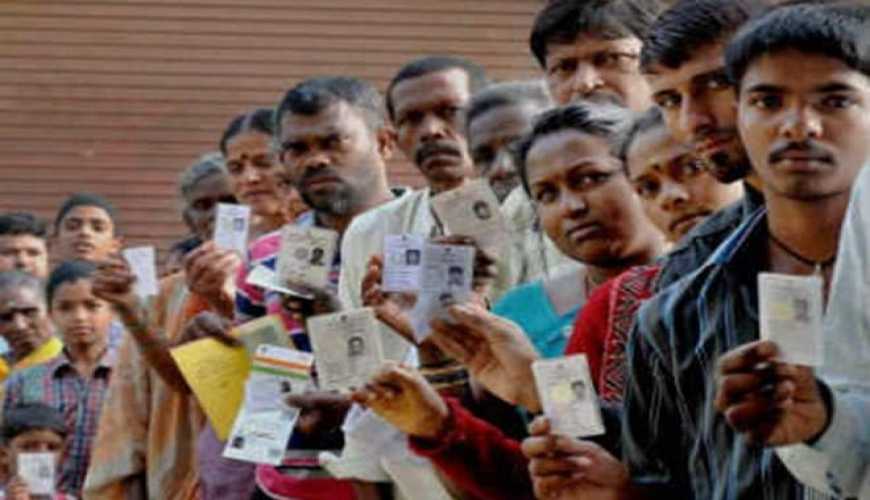


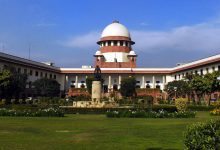

 By
By

